Compared to last week, western Canadian feeder cattle markets traded $2-$4 on either side of unchanged. Once again, overall volumes were limited, with small strings and singles moving through auction barns. The quality was quite variable and offbeat stragglers were quite common. Buyers incorporate a risk discount on these cattle; therefore, prices do not represent […] Read more
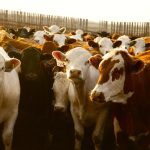
Klassen: Feeder market experiences calm before upcoming storm
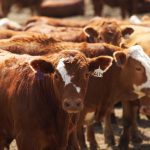
Klassen: Tighter fundamentals support feeder complex
Compared to last week, western Canadian yearling prices were steady to $2 higher on average while calf markets were up $2-$4. There was an increase in activity over the past week, although many auction barns remain in holiday mode. Major feedlot operators in southern Alberta were extremely aggressive on yearlings fresh off grass and this […] Read more

Klassen: Feeder cattle market adjusts for lower barley prices
Compared to last week, western Canadian yearling prices climbed $2-$4 on average. Calf markets were unchanged. For the second week in a row, the market was hard to define due to limited numbers on offer. Small packages under five head and single stragglers were common. Larger groups of green thin yearlings were well bid by […] Read more

Klassen: Feeder cattle trade at 52-week highs
New-crop feed grain values under pressure
Compared to last week, western Canadian yearlings traded steady to $2 higher with exceptional demand noted on steers over 700 pounds. Calf values were mixed in Alberta with markets trading $2-$4 on either side of unchanged; however, prices were steady to $4 higher in Saskatchewan and Manitoba. Small groups of various quality characterized the feeder […] Read more
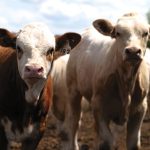
Klassen: Feeder cattle trend higher, favourable beef outlook
Compared to last week, Western Canadian yearlings traded $8 to as much as $12 higher; mid-weight feeders in the range of 700-800 pounds were also $8-10 higher. Calves under 700 pounds were unchanged to $6 higher. The feeder market took a fortuitous bounce last week. Major feedlots were extremely aggressive on yearlings while supplies were […] Read more
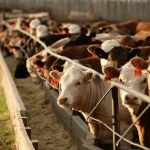
Klassen: Barley price forecasts enhance feeder cattle demand
Recent rains nearly guarantee at least average yields
Compared to last week, western Canadian yearling prices were relatively unchanged. Heifer and steer calves were quoted steady to $3 lower on average but the market was harder to define due to limited numbers. Small packages of calves of various quality resulted in the wide-ranging price structure. Buying interest for grassers appears to have subsided. […] Read more
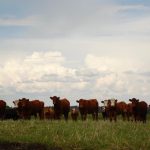
Klassen: Rains enhance demand for grass cattle
Deferred cattle futures showing strength
Compared to last week, western Canadian yearling markets traded $2-$3 on either side of unchanged; steer calves under 700 lbs. were steady to $2 higher on average; heifer calves were steady to $5 higher. Southern Alberta, along with the western half of Alberta, received 30-40 mm of rain over the week which enhanced demand for […] Read more

Klassen: Negative feeding margins temper strength in feeder market
Compared to last week, western Canadian yearlings weighing over 800 lbs. traded steady to $2 lower on average. Feeder cattle under 800 lbs. were relatively unchanged. Alberta packers were buying fed cattle on a dressed basis at an average price of $288 delivered, down from the range of $288-$290 seven days earlier. Using a 60 […] Read more

Klassen: Steady demand supports feeder cattle prices
Compared to last week, western Canadian feeder cattle markets were relatively unchanged. Weakness in deferred live cattle futures and uncertainty in the feed grain market tempered the upside for all weight categories of replacement cattle. Alberta packers were buying fed cattle on a dressed basis in the range of $288-$290 delivered, steady to $2 lower […] Read more

Klassen: Canadian feeder market divorces from feeder cattle futures
Timing of new-crop feed grains leads to shift
Compared to last week western Canadian yearling markets traded $3-$4 on either side of unchanged. The quality was quite variable resulting in the wide price structure; however, decent genetic and lower flesh packages were red hot. Feedlot operators were extremely aggressive on 700- to 800-lb. steers although higher weight categories were also well bid. Auction […] Read more

